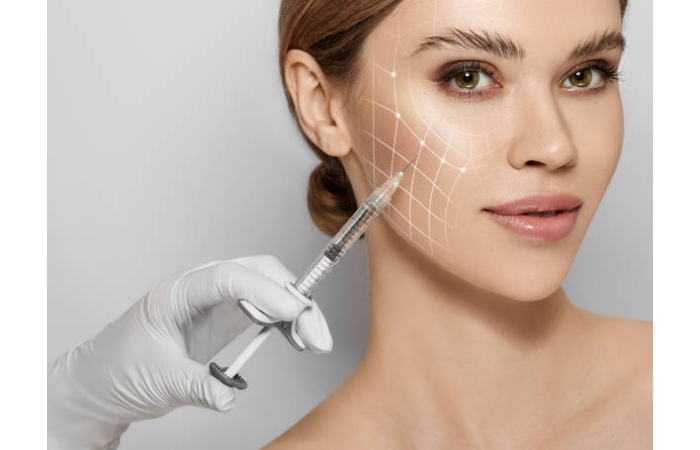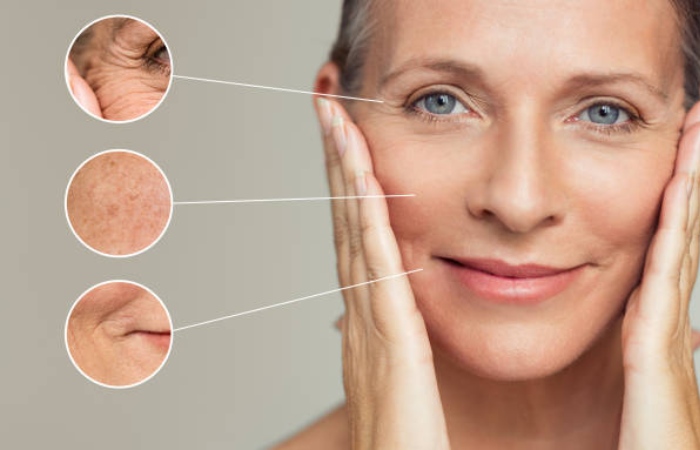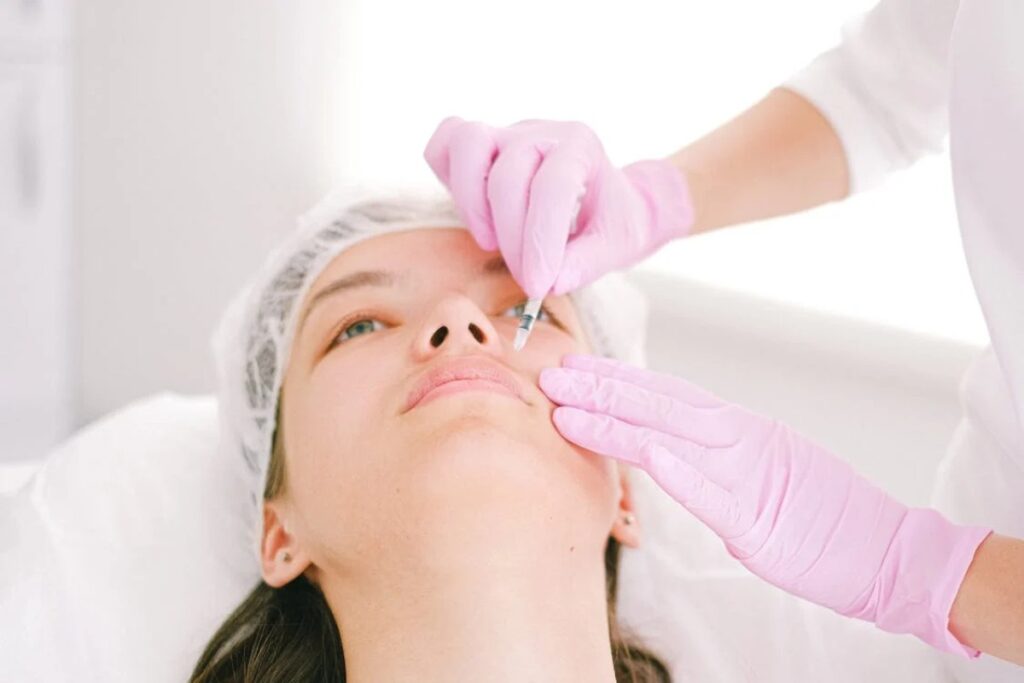Dermal fillers were first presented in the 1970s. Since then, innovation, mainly hyaluronic acid fillers, has led to constant growth and development.
Injectable fillers continue to be one of the most popular procedures in the world due to their effectiveness, versatility and the fact that social media has increased awareness and social acceptability. While it’s human nature to assume that if something is everywhere, it’s safe, it’s essential to recognize that, as with any plastic surgery procedure, something can go wrong with any injection.
The best way to avoid complications from dermal fillers is to go to a highly trained injector, such as a board-certified plastic surgeon. That’s why checking your injector thoroughly is in your best interest.
Social media and dermal fillers
Social media has impacted the beauty industry in both good and bad ways. On the bright side, you can now do thorough research online on the various procedures that may suit your needs before setting foot in a doctor’s office. The internet can also provide you with many before and after pictures.
On the other hand, you don’t always know if these photos have been altered or if the person has had different procedures done. Furthermore, a cosmetic procedure is never one size fits all. What gave your favourite influencer great results may not work for your anatomy.
That’s why scheduling an in-person consultation is always a brilliant idea, even if it may seem insignificant. Dermal fillers have become so normalized that many patients tend to forget that it is still a medical procedure. Depending on the state, anyone with medical training can legally administer dermal fillers. However, your dentist likely won’t have the same skill or artistic eye as someone trained in aesthetics.
Skilled injectors are the best protection against filler complications

The skills of an injection specialist are the best protection against the development of complications after the filler injection procedure. You should choose a specialist with extensive experience, as they will have in-depth knowledge of the various fillers currently on the market and the subtle advantages and disadvantages of each.
Safe and exemplary results will always depend on choosing the right filler for your anatomy and needs. Additionally, this experienced healthcare professional will know when and when not to have the filling procedure done dermal fillers.
Typically, most patients require a combination of fillers for facial rejuvenation. A lighter hyaluronic acid filler will be better for fine lines and wrinkles. At the same time, you may need something heavier for deeper wrinkles, nasolabial folds, and volume loss in the midface.
Filler can be injected through a sharp needle or cannula, and an experienced injector will know what is best for each treatment area. Filler injections are one of the safest procedures, but no cosmetic procedure is entirely risk-free.
Bruising and swelling are the most common complications
The most common complication of the injection procedure is swelling. Some degree of swelling is inevitable. This is your body’s natural response to any injury. However, incorrect technique can result in more intense and unnecessary swelling.
Bruising can also occur, but this is much less likely in the hands of someone more experienced. Elevating the head, minimizing activity immediately after the injection, and topical treatments such as vitamin K creams, arnica, and aloe vera can help reduce residual bruising.
Cold compresses and ice can help reduce signs of bruising and swelling. While both can be unpleasant, they leave alone within a few weeks dermal fillers.
Moderate complications from dermal fillers

There are other slight complications to consider when using dermal fillers. These include:
- Allergic reaction
- Nodules (also known as lumps and bumps)
- Tyndall Effect
Allergies are rare because most fillers today are based on hyaluronic acid, a standard skin and soft tissue component. Unsightly nodules or lumps and bumps are caused by poor technique and can result from poor filler selection and/or incorrect placement. If too much filler is placed near or within an intense line or near an active muscle such as the perioral area, the filler can become displaced and bunch up in a “ball,” creating an unsightly or unsightly result.
The Tyndall effect occurs when too much hyaluronic acid filler is placed too superficially. The light shining on your skin can cause a blue tint. This effect can occur when too much filler is needed and is injected just under the skin’s surface to break up or soften lines. The areas under the eyes and around the lips are especially prone to this problem.
Hyaluronidase can be injected to break down or melt the previously injected hyaluronic acid filler to counteract the Tyndall effect or nodule. The incidence of these complications is negligible in the hands of a knowledgeable injector, such as a board-certified plastic surgeon, who will also be well-versed in hyaluronidase injections.
Vascular complications from filler are dangerous.
Most complications that can occur due to using dermal fillers are treatable. However, there are two potentially dangerous vascular complications:
- Skin necrosis
- Vision loss
Sphacelus ensues when the blood supply to the skin is cut off. Although very rare, it can happen during a filler injection procedure if the filler accidentally:
- Inserted into an artery or vein dermal fillers
- The external pressure of the filler compresses the vein
- Direct trauma to the vessel wall
Symptoms, including severe and long-lasting pain and “blanching,” or whiteness in the treatment area, usually appear within 24 hours. It sounds scary, but mostly, it can be treated. If necrosis occurs, the filler should be immediately dissolved using hyaluronidase dermal fillers. Early contact with your injector is recommended as necrosis is more straightforward to treat sooner rather than later.
Vision loss is also a frightening and potentially devastating complication of dermal fillers. This rarely occurs due to retrograde filler flow into an artery or vein, resulting in occlusion. This can happen when treating the tear duct area under the eyes, around the nose, the nasolabial folds and the “11” lines between the eyebrows, as the filler can migrate. This requires immediate recognition and treatment with hyaluronidase and possibly other in-hospital treatments dermal fillers.
An experienced injector always considers the possibility of these complications, so the best way to protect yourself from complications associated with dermal filler is to research your injector as carefully as you would your surgeon. You may spend more time seeing a highly qualified injection specialist. However, the results are undoubtedly worth it.


